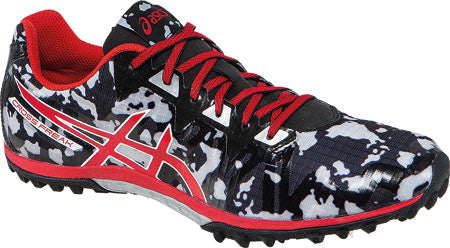The Shoe Blog

Cleats
Football shoes have studs on their soles Cleats or studs are protrusions on the sole of a shoe, or on an external attachment to a shoe, that provide additional traction on a soft or slippery surface....
Cleats
Football shoes have studs on their soles Cleats or studs are protrusions on the sole of a shoe, or on an external attachment to a shoe, that provide additional traction on a soft or slippery surface....
History of Sneakers
Sneakers (also known as athletic shoes, tennis shoes, runners, takkies, or trainers) are shoes primarily designed for sports or other forms of physical exercise. Sneakers have evolved to be used for casual everyday activities. The term generally describes a type of...
History of Sneakers
Sneakers (also known as athletic shoes, tennis shoes, runners, takkies, or trainers) are shoes primarily designed for sports or other forms of physical exercise. Sneakers have evolved to be used for casual everyday activities. The term generally describes a type of...

Cross Country Shoes
Cross country running shoes are made for both cross country running and long distance running. Season-specific trainers are available for different types of training.[1] Cross country running[edit] Main article: Cross country running Cross country races...
Cross Country Shoes
Cross country running shoes are made for both cross country running and long distance running. Season-specific trainers are available for different types of training.[1] Cross country running[edit] Main article: Cross country running Cross country races...